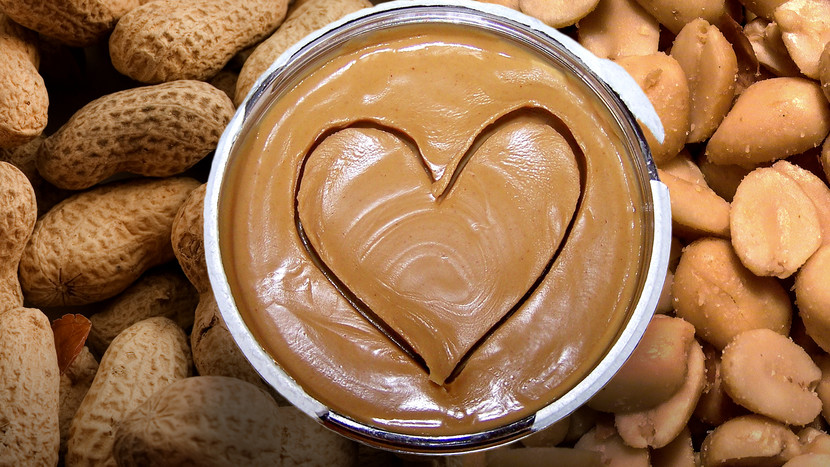
Did you know that George Washington Carver invented over 300 uses for peanuts?
Did you know that the most prominent black scientist of the early 20th century was actually a farmer, an agricultural scientist? George Washington Carver actively promoted alternative crops to cotton and methods to prevent soil depletion.
Wikipedia, the free encyclopedia, reports that Carver developed techniques to improve soils depleted by repeated plantings of cotton. He wanted poor farmers to grow alternative crops such as peanuts and sweet potatoes as a source of their own food and to improve their quality of life.
George Washington Carver developed more than 300 products from the peanut:
- axle grease
- charcoal
- face powder
- glue
- hand lotion
- insecticides
- nitroglycerin
- paper
- plastics
- rubber
- shampoo
- shaving cream.
Today’s peanut butter, a staple in most pantries, can serve an astonishing variety of household purposes. The smooth or creamy style works best. Of course, if you or a family member suffer from a peanut allergy, you will want to avoid these solutions.
Use a bit of peanut butter on a cotton cloth to rub off label adhesives.
Massage a bit of peanut butter into hair to remove a wad of chewing gum.
Use a thin coat as a substitute for shaving cream. It really hydrates and moisturizes.
Polish leather and vinyl items using a bit of peanut butter on a cotton cloth. Buffs up wooden items, too.
Hang pinecones stuffed with a mixture of peanut butter and coarse cornmeal as a treat for winter birds.
Smear it on garden tools, including wooden handles, as a winter preservative.
Apply it to lawn mower blades as a lubricant.
Spread some on a slice of apple or a scrap of bread for a good mousetrap bait.
Encourage your dog to swallow a pill by sticking it into the center of a little gob of xylitol-free peanut butter.
Tasty, nutritious, and packed with antioxidants, peanut butter made with only peanuts as an ingredient can also serve as a healthy butter alternative. If you like the taste, simply substitute smooth peanut butter for the butter in recipes for baked goods calling for butter.
Information gathered from The Old Farmer’s Almanac
